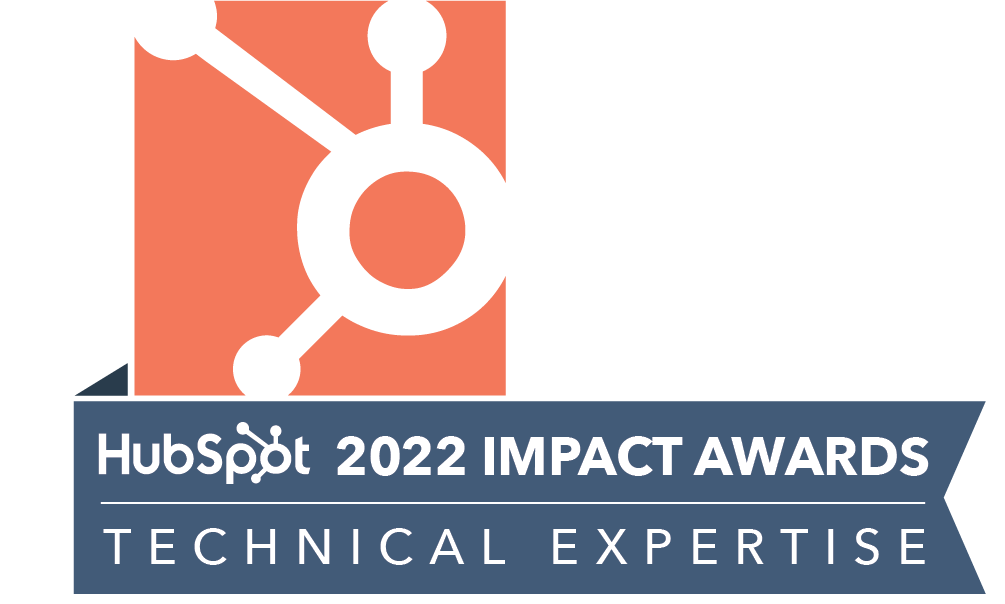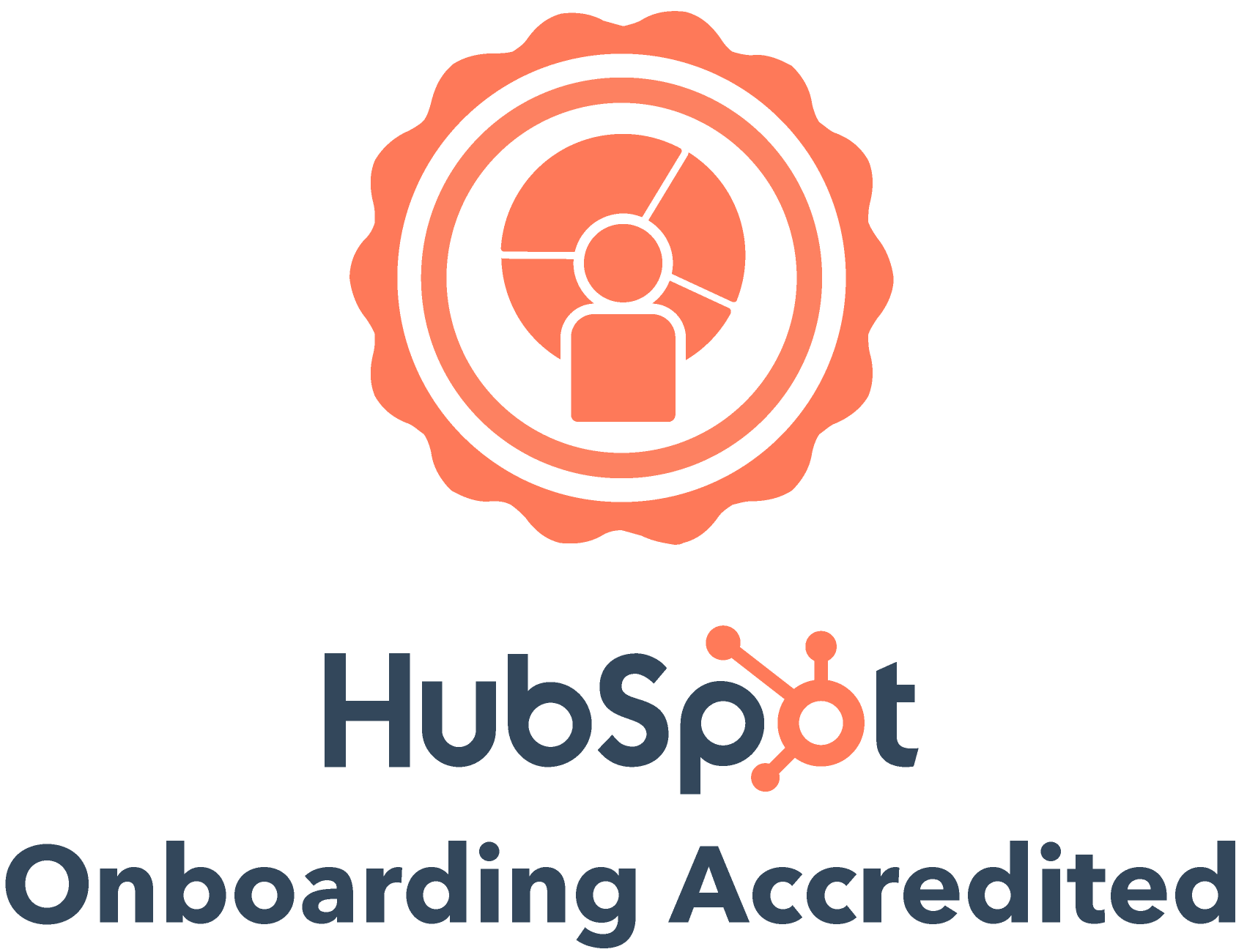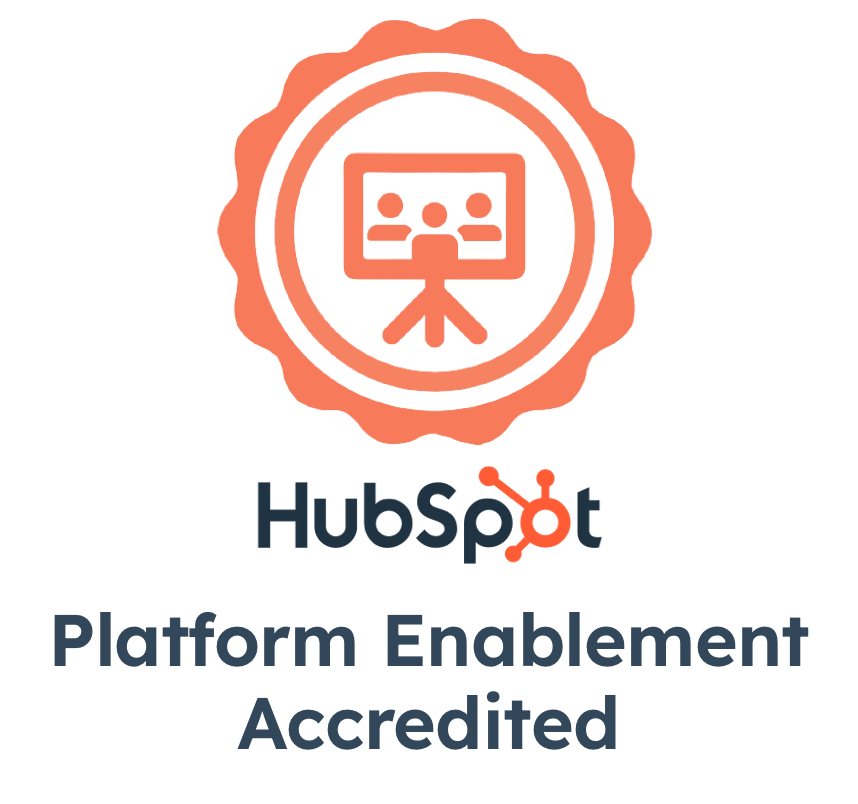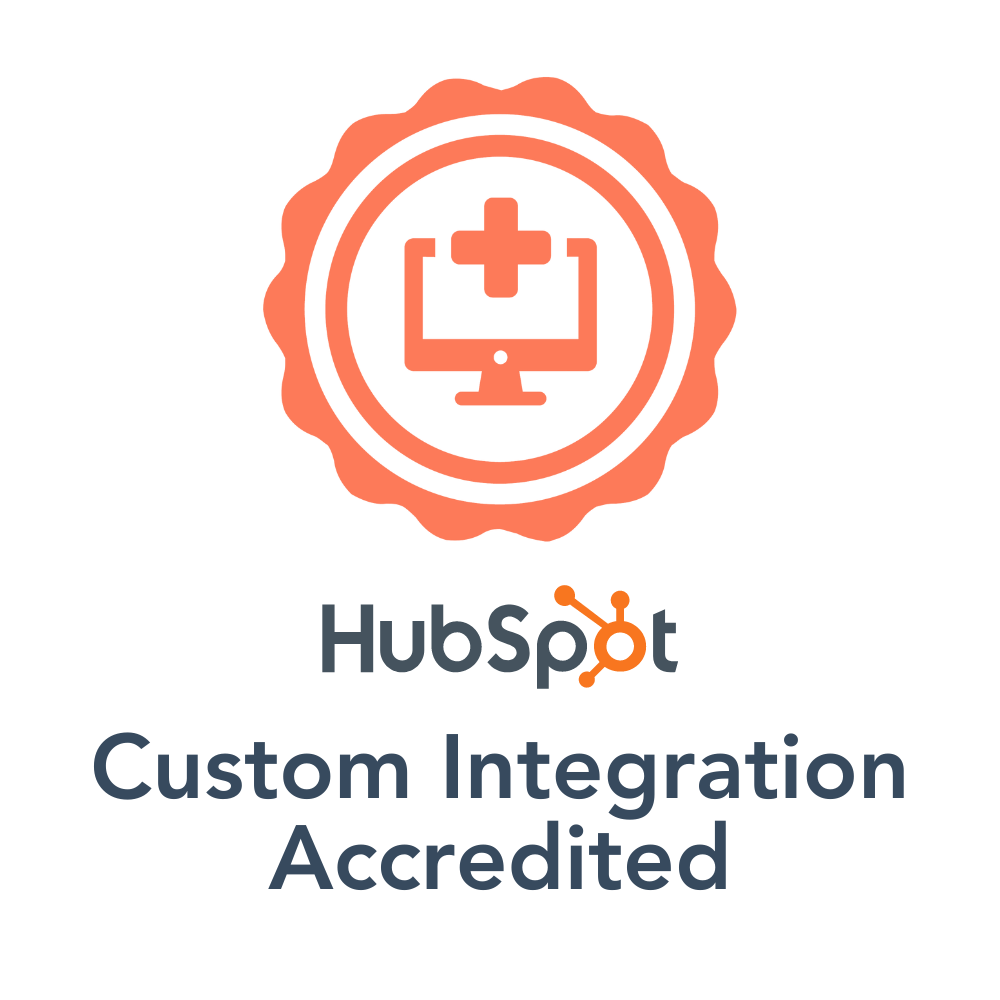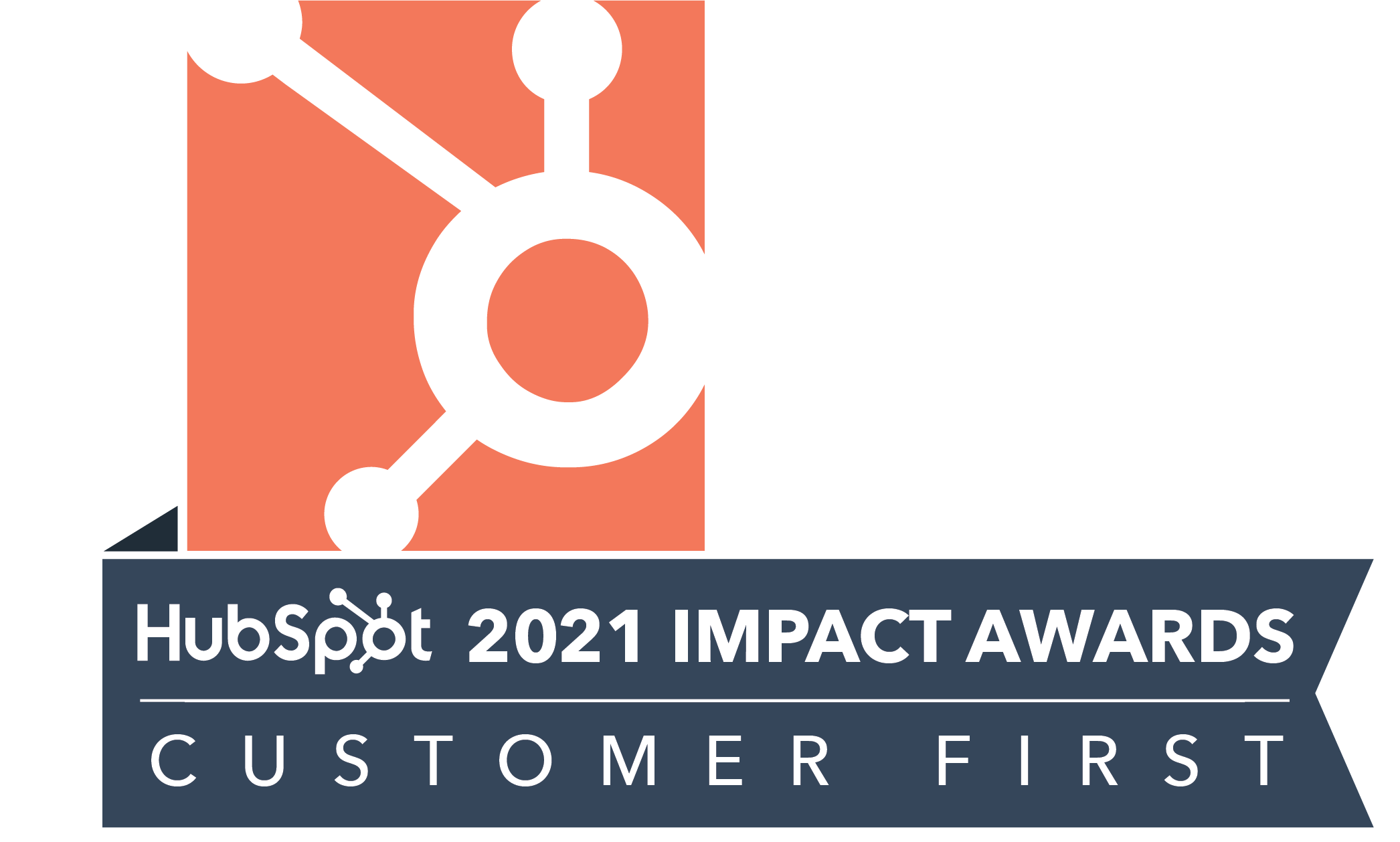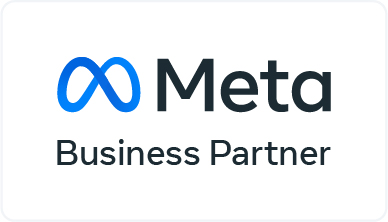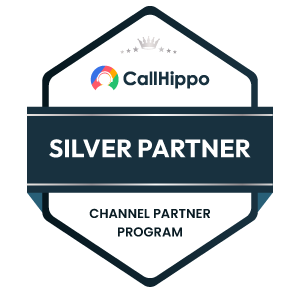You may have often received WhatsApp messages like the one below, when you submit a form on a website, or book a flight, or order food on an app. It’s a fast and effective way to keep customers informed and engaged right from the get-go. And if you choose to reply to them, or ask a query, there’ll be someone available to chat with you and solve your problem.

The key difference between the two messages here is that Message 1 is a templated message that is personalized based on the user details, and Message 2 is a normal WhatsApp message. And while you know how to send Message 2, the personalized, templated Message 1 is an automated message sent to the customer when they take an action on the business website.
But to enable this, a business must have the WhatsApp Business API.
What is the WhatsApp Business API?
WhatsApp Business API enables businesses to make their presence felt on WhatsApp, by staying in touch with their prospects and customers 24×7.
It allows businesses to:
- Engage with customers in a two-way conversation and provide support and information on their preferred channel, WhatsApp
- Send alerts to users and keep them updated about any information in a timely and efficient manner
- Accelerate their sales process and improve their customer service experience But how?
WhatsApp API accounts are deployed on a server. This means that you’ll have a local API from a provider that will allow you to programmatically send and receive messages using WhatsApp.
Using the WhatsApp API for business enables you to send two kinds of messages to your customers:
1. Template-Based Message

Template messages include text with placeholders, that will get personalized based on customer information pulled from a CRM. These messages are pre-approved by WhatsApp, to ensure the messages are not sales or marketing oriented.
- Once approved, these messages can be sent to initiate a conversation, or at any other time.
- WhatsApp charges per template message sent, with the charges varying depending on the message origin and receiving country.
2. Non-template or Session Message

Non-template/session messages are sent by businesses in response to an incoming message from a customer, just like you would carry forward a regular chat. And these messages do not need any approval from WhatsApp.
- When customers reply to a template-based message, businesses have a 24-hour window, calculated from the last incoming message, within which they can send any message to the customer.
- WhatsApp levies no charges on any number of session messages sent to the customer.
However, your WhatsApp API provider may charge additionally for both template and session messages.
This bifurcation, and WhatsApp’s pre-approval of template messages ensures that there is no bulk messaging or spamming for sales or marketing purposes.
Next up, how do you get started with the WhatsApp API account?
How can I get a WhatsApp API Account?
Essentially, there are two types of WhatsApp API accounts that businesses can avail:
1. Business Account – This is the default WhatsApp API account for businesses, with fields to display basic information like company name, business type, email and website in its contact view. Profiles of these accounts display associated phone numbers instead of company names, unless saved by the recipient. Also, since these are not verified accounts, users can block or report these accounts as spam.
2. Official Business Account – Verified with a green tick, these accounts usually belong to well-known brands that conduct direct customer communications, like BookMyShow, MakeMyTrip and Goibibo. Profiles of these accounts display associated company names only, and include further details like an official address. Users cannot report or block these accounts. However, they can choose to limit the communications with the account on WhatsApp. As of now, no business can request or pay to get this type of account and is a status allotted by WhatsApp as they deem fit.
A look at how these accounts differ on WhatsApp.
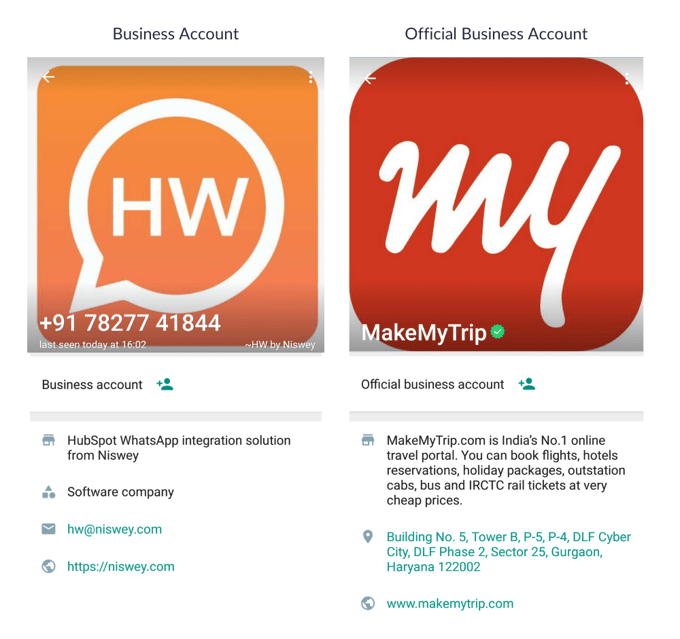
Now, irrespective of which account you are eligible for, to get a business API account you first need to get your application approved through a WhatsApp partner. Here are the steps to follow:
- Choose the right API provider. From Infobip to Kaleyra to Twillio and more, you’ll need to assess the various features, pricing, and solutions offered by different providers. It is also important to know if the partner can port an existing number or sell a number from the desired country, as per your requirement.
- Ensure that your Facebook business account is verified before initiating the application, and you have all the information that needs to be submitted in the application.
- The account approval process can take from 3 to 14 days depending on the partner.
- After the account has been approved, you need to activate a business number. This can be done by getting the partner to port an existing number or by purchasing a new number from the partner.
- Next, you need to integrate the account with the CRM solution of your choice and start using the multiple features offered by WhatsApp Business API!
The application and approval process is a bit complex and time taking, but it’s still worth the benefits it delivers in terms of the high level of customer service. The superfast communication capabilities, in addition to the automation benefits offered by the right CRM with WhatsApp solution is a choice most businesses would love to make.
And what better CRM tool than HubSpot! It is undoubtedly the best all-in-one software for your marketing, sales and CRM needs. And integrating it with WhatsApp will give you a unified view of all WhatsApp conversations within the HubSpot portal.
Benefits of WhatsApp Business API Integration with HubSpot
Niswey’s WhatsApp business API integration with HubSpot allows customer support and sales executives to interact with their customers on their preferred channel, WhatsApp. And have it all tracked and accessible on a single platform, HubSpot.
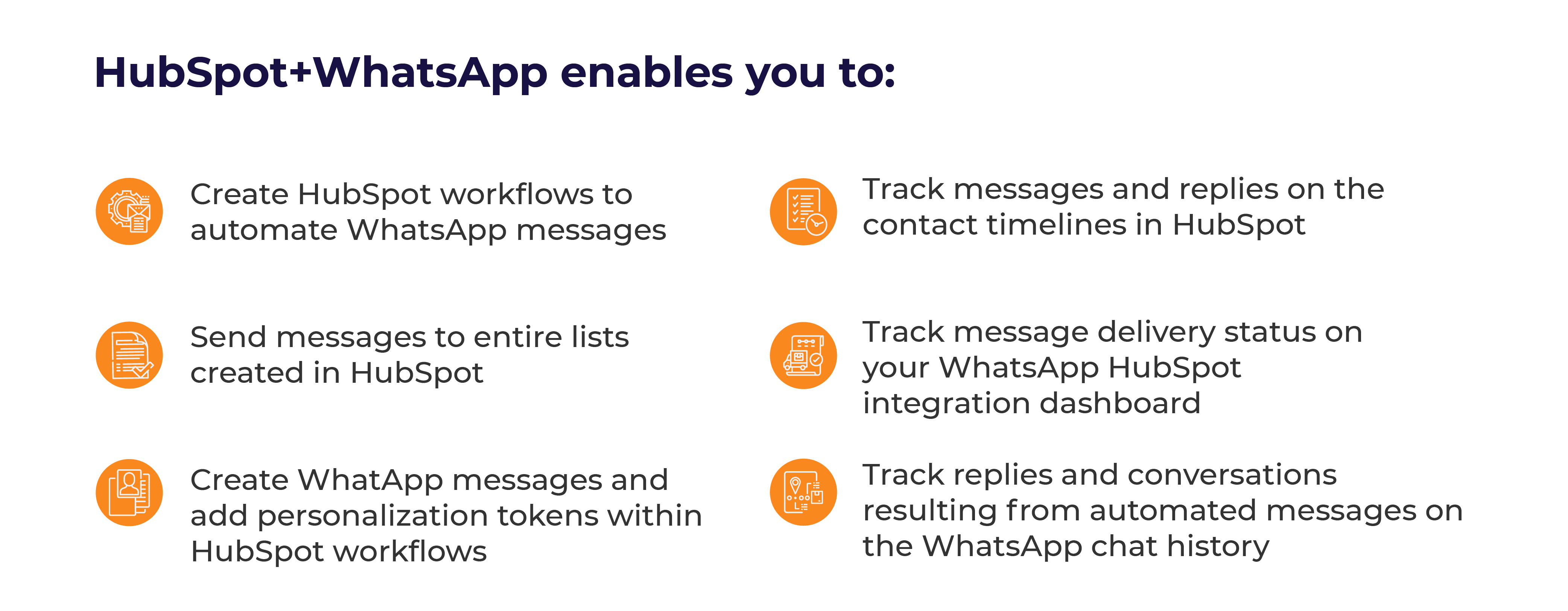
For more information on how the integration with WhatsApp API works, check out this quick demo!
Also if you are planning to apply for a WhatsApp Business API account but are confused about which WhatsApp API provider to choose, find the application process to be too tiresome, and the pricing structure too complicated, you can reach out to us by filling this form and we can help you obtain a WhatsApp API account!
Interested in harnessing the power of WhatsApp Business API with HubSpot and automating your customer communication? Let’s talk!







